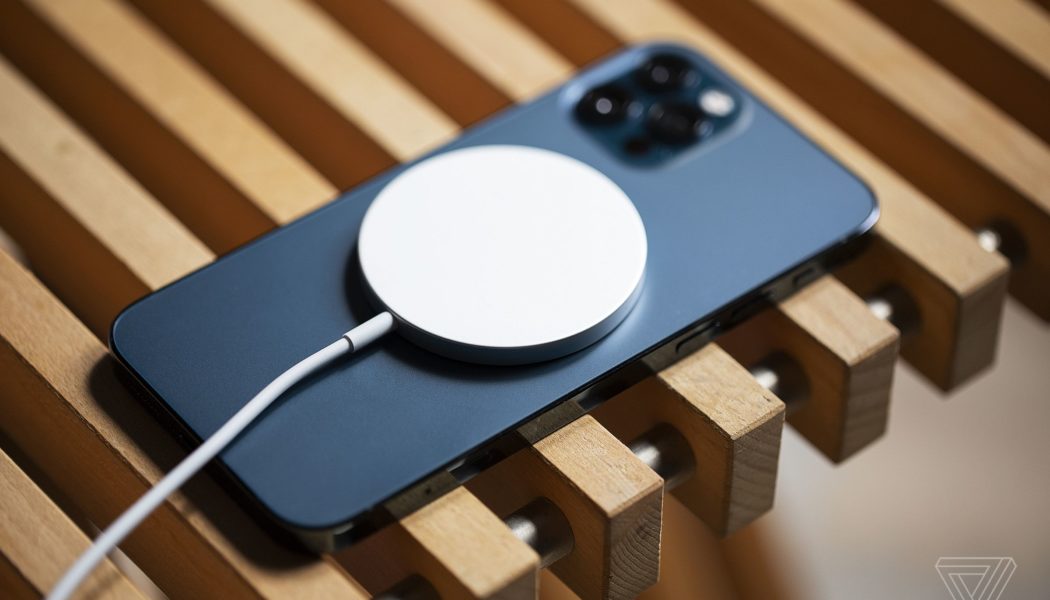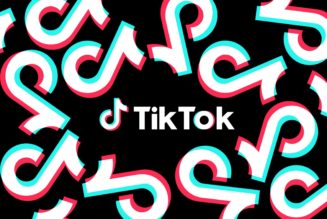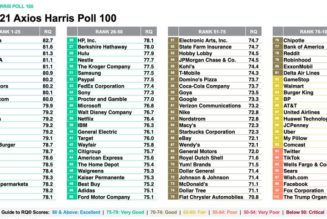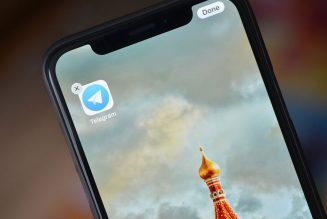The next version of the Qi wireless charging standard will use magnets, just like Apple’s MagSafe — because Apple wants it that way.
:format(webp)/cdn.vox-cdn.com/uploads/chorus_asset/file/21973364/akrales_201018_4238_0464.0.jpg)
It’s safe to say that Apple’s MagSafe magnetic charging pucks for iPhone have not created the amazing snap-on accessory ecosystem we’d hoped. Instead of freely allowing manufacturers to create gadgets that power and/or communicate with an iPhone, the company chose its traditional tight licensing stranglehold. But this time, manufacturers realized they didn’t need to play Apple’s game, because the two main components of MagSafe — a Qi wireless charging coil and an array of magnets — were freely available. The result: a wide array of “MagSafe-compatible” accessories of varying quality.
But now, Apple’s trying something different. With the blessing of competitors, Apple is about to change the Qi wireless standard itself. It’s contributing to a new version of Qi that works much like MagSafe — magnets, authentication, and all.
It’s called Qi2, and yes, it effectively means that MagSafe is coming to Android, for better or for worse. Samsung and Apple are both expected to put Qi2-certified products on the market, Wireless Power Consortium spokesperson Paul Golden tells The Verge, and he says there’s no reason to think future Qi2-certified chargers wouldn’t work with both.
And while I say “for better or for worse,” it mostly sounds better! Golden says the idea is to eliminate the confusion of whether chargers and phones are actually interoperable, and to ensure the coils are tightly coupled and properly aligned so they can charge at full speed — unlike how Apple currently limits today’s Qi chargers to half-speed when they’re charging an iPhone.
:format(webp)/cdn.vox-cdn.com/uploads/chorus_asset/file/22788701/Screen_Shot_2021_08_17_at_5.56.33_PM.png)
There’s no reason to think a future Qi2 charger wouldn’t work seamlessly and identically with both Android and iPhones, Golden says when I ask. That’s because Apple, a WPC “steering member” (and chair of the board of directors) is contributing essentially the same “magnetic power profile” as MagSafe to the new Qi2 standard.
That’s not all the WPC is working on, either! While the Qi2.0 release is largely just about adding magnets — it’s still primarily for phones, still tops out at 15 watts, still has the same foreign object detection, etc — the WPC intends to take advantage of guaranteed magnetic coupling to give us faster charging speeds, too. “When we finish with the spec for Qi2, we’ll immediately start working on a significantly higher power profile level for the next version of Qi2,” says Golden.
And after that, there’s the possibility of charging devices like smartwatches that don’t necessarily have flat charging coils. “The launch of the Qi2 standard will further expand the wireless charging market by opening the market to new accessories that wouldn’t be chargeable using current flat surface-to-flat surface devices,” reads a tantalizing line in the WPC’s press release. (Victoria, my smartwatch-reviewing colleague, can’t freaking wait.)
:format(webp)/cdn.vox-cdn.com/uploads/chorus_asset/file/23658571/belkin_charging_stand_apple.jpg)
Okay, why did I say “for worse” four paragraphs ago if things are so rosy? There are a few wrinkles that give me pause. First, Golden confirms that the Qi2 standard strangely doesn’t have the exact same pattern of magnets as MagSafe, and that it’s not clear what will happen with current iPhones because of that.
“Certainly going forward we expect they’ll be fully on board with Qi2 and we know that they are… as far as what they’re going to do with iPhone 12, 13, 14, the MagSafe products that are currently in the market, they don’t share that with us,” he says. Would Apple abandon its existing MagSafe products in exchange for a better, interoperable version, or does it have other plans?
Apple didn’t respond to our request for comment or an interview.
Second, there’s that whole authentication thing. In the planned specification, Golden shares, every Qi2 transmitter will require authentication, which suggests that Apple, Samsung and other manufacturers could tell their devices to refuse to charge from non-certified products, or perhaps even silo things further. That might lead to some “better user experiences,” but it’s not the free marketplace of wireless chargers and magnets we have today.
Third, I’m sorry to say that the WPC’s Qi2 certification won’t ensure that magnets are strong enough to stick and stay without sliding. “The size and strength of the magnet is a product design issue. Product design issues are determined by the product manufacturers,” says Golden. I was really hoping that particular element of the MagSafe-compatible wild west might get resolved here.
I keep coming back to this: What does Apple get out of giving MagSafe to its competitors? I suspect that — as usual — it’s about control. With Europe and India mandating USB-C, the company won’t have its Lightning accessory ecosystem, and it couldn’t control the mountains of Qi chargers and magnets coming out of China beyond a certain point. But perhaps, with authentication, it might corral an upcoming magnet accessory ecosystem into something it actually likes.
Or, this could simply be Apple giving up on direct control in favor of accelerating a technology it’s liable to benefit from long-term. It’s a little-known fact that Apple was behind the creation of Thunderbolt (originally known as Light Peak). Intel became the one to shepherd it, before effectively donating the tech to become part of standard USB.
The Qi2 spec should be completed in the middle of this year, with products tentatively coming in time for the holidays.









